
Thunder Bay is a city in and the seat of Thunder Bay District, Ontario, Canada. It is the most populous municipality in Northwestern Ontario and the second most populous municipality in Northern Ontario. Its population is 108,843 according to the 2021 Canadian census. Located on Lake Superior, the census metropolitan area of Thunder Bay has a population of 123,258 and consists of the city of Thunder Bay, the municipalities of Oliver Paipoonge and Neebing, the townships of Shuniah, Conmee, O'Connor, and Gillies, and the Fort William First Nation.
Port Arthur was a city in Northern Ontario, Canada, located on Lake Superior. In January 1970, it amalgamated with Fort William and the townships of Neebing and McIntyre to form the city of Thunder Bay.

The Grand Trunk Railway was a railway system that operated in the Canadian provinces of Quebec and Ontario and in the American states of Connecticut, Maine, Michigan, Massachusetts, New Hampshire, and Vermont. The railway was operated from headquarters in Montreal, Quebec, with corporate headquarters in London, United Kingdom. It cost an estimated $160 million to build. The Grand Trunk, its subsidiaries, and the Canadian Government Railways were precursors of today's Canadian National Railway.

The Grand Trunk Pacific Railway was a historic Canadian transcontinental railway running from Fort William, Ontario to Prince Rupert, British Columbia, a Pacific coast port. East of Winnipeg the line continued as the National Transcontinental Railway (NTR), running across northern Ontario and Quebec, crossing the St. Lawrence River at Quebec City and ending at Moncton, New Brunswick. The Grand Trunk Railway (GTR) managed and operated the entire line.
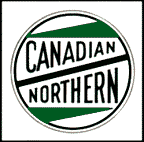
The Canadian Northern Railway (CNoR) was a historic Canadian transcontinental railway. At its 1923 merger into the Canadian National Railway, the CNoR owned a main line between Quebec City and Vancouver via Ottawa, Winnipeg, and Edmonton.

The Toronto waterfront is the lakeshore of Lake Ontario in the city of Toronto, Ontario, Canada. It spans 46 kilometres between the mouth of Etobicoke Creek in the west and the Rouge River in the east.

The Toronto Port Authority (TPA), doing business as PortsToronto (PT), is a port authority that is responsible for the management of the Port of Toronto, including the International Marine Passenger Terminal, and Billy Bishop Toronto City Airport. It was established under the Canada Marine Act as a government business enterprise that is self-funded, with directors appointed by three levels of government – the Government of Canada, the Government of Ontario and the City of Toronto. The TPA rebranded itself as PortsToronto in 2015.

Borden-Carleton is a town in Prince County in the Canadian province of Prince Edward Island. It is situated on the south shore fronting on the Northumberland Strait. The town was originally incorporated as a community on April 12, 1995, through the amalgamation of the town of Borden and the community of Carleton. The town of Borden opted to demote its status to a community in light of a declining tax base with the pending completion of the Confederation Bridge and the closure of the Marine Atlantic ferry service. Borden-Carleton became a town on July 31, 2012.
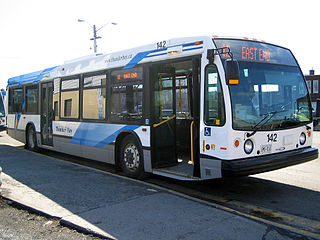
Thunder Bay Transit is the public transit operator in Thunder Bay, Ontario, Canada. It was formed in 1970, after the amalgamation of the cities of Port Arthur and Fort William and their respective transit agencies. Thunder Bay Transit is a member of the Canadian Urban Transit Association.

James Conmee was an Ontario businessman and political figure. He represented Algoma West from 1885 to 1902 and Port Arthur and Rainy River from 1902 to 1904 in the Legislative Assembly of Ontario and Thunder Bay and Rainy River in the House of Commons of Canada from 1904 to 1911 as a Liberal member.
Canadian National Hotels was a hotel chain under control by Canadian National Railways. In addition to their own hotels, it acquired some from predecessor railway companies like the Grand Trunk Pacific Railway, Grand Trunk Railway and Ottawa, Arnprior and Parry Sound Railway. Some of their assets were later acquired by rival Canadian Pacific Hotels after 1988.
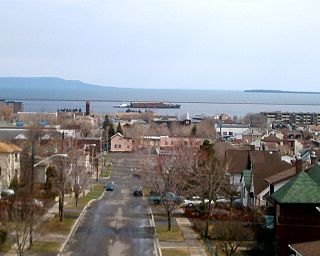
Transport in Thunder Bay is essential to trade, which has always been the backbone of the economy, beginning with Fort Kaministiquia in 1717. When the area was first settled its many waterways were used by the voyagers and Coureur des bois to trade their goods.
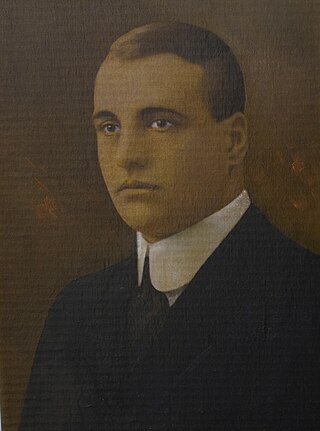
John James Carrick was an Ontario real estate promoter and political figure. He was always referred to by his initials as J.J. Carrick. Carrick served as mayor of Port Arthur in 1908. He represented Port Arthur in the Legislative Assembly of Ontario from 1908 to 1911 and Thunder Bay and Rainy River in the House of Commons of Canada from 1911 to 1917 as a Conservative member. He stepped aside in 1917 for his erstwhile protégé Donald McDonald Hogarth, but when the Port Arthur Liberal Association refused to accept Hogarth as the Unionist Party candidate, he gave way to Conservative Francis Henry Keefer who won the seat in the 1917 Canadian federal election for the Unionists.

The Toronto Harbour Commission (THC) was a joint federal-municipal government agency based in Toronto, Ontario, Canada. The agency managed Toronto Harbour as well as being responsible for major works along the Toronto waterfront. It built both Malton Airport and the Toronto Island Airport in 1939. The agency was founded in 1911 and operated until 1999 when the port operations were transferred to the new Toronto Port Authority (TPA), now PortsToronto.
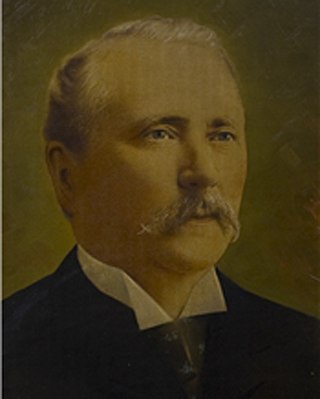
Thomas Marks was an Irish-born Canadian businessman who served as the first mayor of Port Arthur, Ontario.

Marina Park is a local waterfront park and marina located on the shores of Lake Superior in Thunder Bay, Ontario. The park is located in the city's north end near the downtown north core. Aside from pleasure craft docks and a fueling facility, the park also has walking paths and a boardwalk, playground equipment, picnic tables, a Mariner's Monument and the historic CN Rail Station.

The Thunder Bay Tourist Pagoda, built in 1909, was an early tourist bureau promoting the city of Port Arthur, Ontario. Located on the waterfront and close to the former train station, the pagoda was intended to attract the attention of visitors arriving by rail or water. Competition with nearby Fort William was one factor leading to its construction. Another factor was the planned construction of the nearby Prince Arthur Hotel, completed around 1910.

The Ontario and Rainy River Railway was a railway that existed briefly in the late 19th century. The company had been incorporated in 1886 to build a railway from Port Arthur, Ontario, to the Rainy River. On 4 May 1899, the chief promoters of the Canadian Northern Railway Mackenzie and Mann announced they had acquired the railway charter. Construction of the line began at Stanley, Ontario, on 1 August 1898.

North Lake is a former railway station located near North Lake, Thunder Bay District, Ontario. It lies close to La Verendrye Provincial Park and to the well known Boundary Waters Canoe Area Wilderness in the Boundary Waters between Canada and the United States. It was constructed in 1907 as a major station along the Port Arthur, Duluth and Western Railway.
Port Arthur was an electoral riding in Ontario, Canada. In 1902 the riding was created as Port Arthur and Rainy River. Six years later it was split into two ridings: Port Arthur and Rainy River. In 1996, it was merged with the riding of Nipigon to form Thunder Bay—Superior North.


















